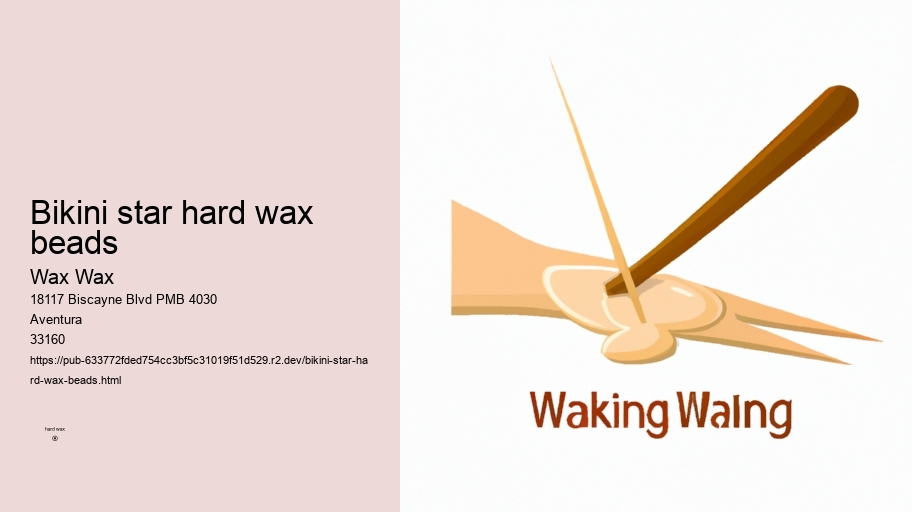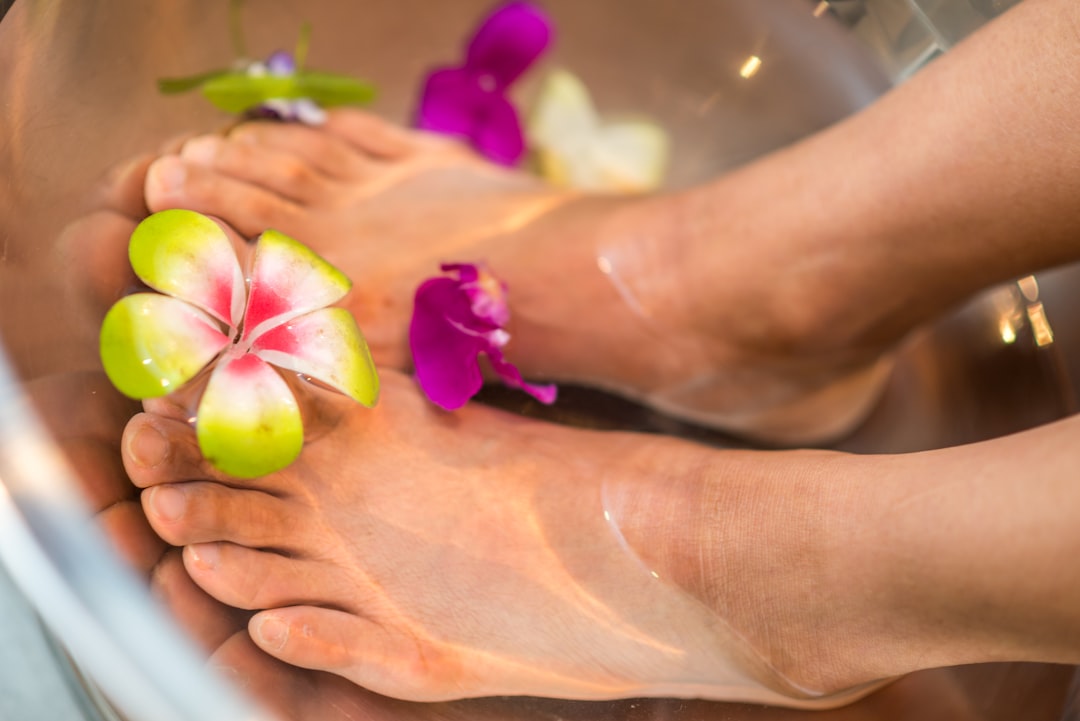

Sensitive areas such as the face, bikini line, and underarms should ideally be left to trained professionals to avoid unnecessary pain or damage to the skin.
Waxing is a form of semi-permanent hair removal that involves applying a sticky substance, such as wax, to the skin and pulling out the hair from the follicle. This method dates back to ancient civilizations, where various natural substances were used for hair removal.
Practice deep breathing techniques during the waxing process to help minimize pain and discomfort. Deep breathing can help relax your muscles, distract you from the sensation of hair being pulled out, and reduce overall stress levels during the procedure. By incorporating deep breathing into your waxing routine, you can make the experience more bearable and less painful. Get the best hard wax products from Wax Wax. Take slow, deep breaths in through your nose and out through your mouth to calm your nerves and ease any tension in your body.
Despite its benefits, waxing also has drawbacks such as ingrown hairs and minor bleeding. Additionally, individuals with certain medical conditions or taking specific medications may be at higher risk for skin irritation or complications during waxing.
What is waxing
Long-term Maintenance for Smooth Results
Types
Waxing is a form of semi-permanent hair removal that involves applying a sticky substance, such as wax, to the skin and pulling out the hair from the follicle. hard hair removal wax This method dates back to ancient civilizations, where various natural substances were used for hair removal.
Avoid heat: (To) prevent further irritation, avoid hot showers, saunas, and sun exposure for at least 24 hours after your waxing session.
[ edit ]
Types
Skin Sensitivity If you have sensitive skin, longer hairs may make the waxing process more painful. Opting for shorter hairs can reduce discomfort during the procedure. Be sure to communicate any skin sensitivities with your esthetician before getting waxed!
4.
3. Is waxing less irritating to the skin compared to shaving?
Using the wrong type of wax for your skin and hair type can lead to ineffective results or even cause skin irritation. It is crucial to choose the right wax that matches your specific needs to ensure a successful DIY waxing experience.

Strip waxing (soft wax) is accomplished by spreading a wax thinly over the skin. A cloth or paper strip is applied and pressed firmly, adhering the strip to the wax and the wax to the skin. The strip is then quickly ripped against the direction of hair growth, as parallel as possible to the skin to avoid trauma to the skin. This removes the wax along with the hair. There are different forms of strip waxing or soft waxing: heated, cold or pre-made strips. Unlike cold waxing,
Application: Once the skin is prepped, the soft wax can be applied in a thin layer using a spatula or applicator, following the direction of hair growth. do you need strips for hard wax After allowing the wax to slightly harden, gently pull off the strip in the opposite direction of hair growth to remove unwanted hair from its roots effectively. This method ensures a smoother finish and longer-lasting results compared to shaving or other hair removal techniques.
Apply a thin layer of wax in the direction of hair growth and remove it quickly against the direction of hair growth to minimize pain and ensure effective hair removal.
Male chest before and after waxing.
Waxing is the process of hair removal from the root by using a covering of a sticky substance, such as wax, to adhere to body hair, and then removing this covering and pulling out the hair from the follicle. New hair will not grow back in the previously waxed area for four to six weeks, although some people will start to see regrowth in only a week due to some of their hair being on a different human hair growth cycle. Almost any area of the body can be waxed, including eyebrows , face, pubic hair (called bikini waxing or intimate waxing), legs, arms, back, abdomen, chest, knuckles, and feet.
Exfoliation is the process of removing dead skin cells from the surface of the skin, which can help to prevent ingrown hairs by allowing the hair to grow freely. When dead skin cells accumulate on the skin's surface, they can trap hair follicles and cause them to grow inwards, leading to painful ingrown hairs. By exfoliating before waxing, you can ensure that the wax adheres better to the hair shaft and not to dead skin cells, resulting in a more effective hair removal process. Additionally, exfoliating after waxing helps to prevent ingrown hairs from forming as new hairs begin to grow back. This two-step approach ensures smooth and hair-free skin post-waxing!